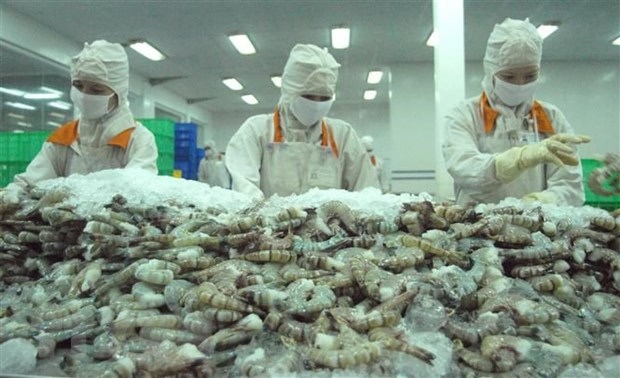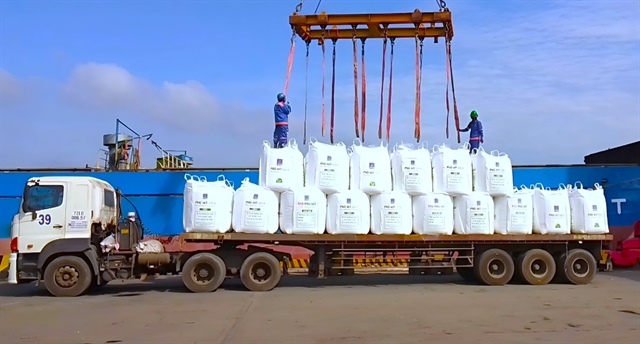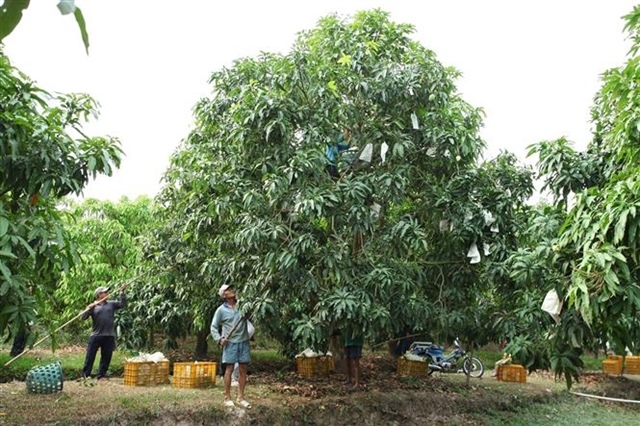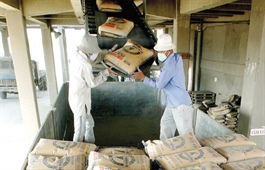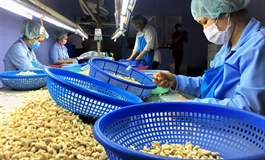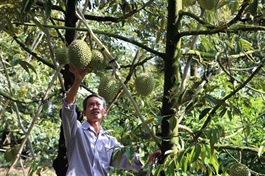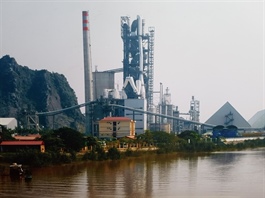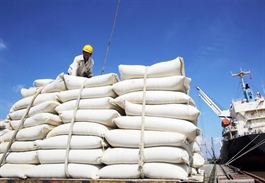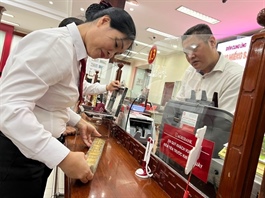Vietnamese mangoes dominate Chinese market
Vietnamese mangoes dominate Chinese market
The average export price of Vietnamese mangoes also rose by 72.6 per cent, reflecting strong consumer acceptance in China.

Farmers harvest mangoes in Đồng Tháp Province. — VNA/VNS Photo |
Vietnamese mangoes have made remarkable strides in the Chinese market, surpassing major exporters such as Thailand, Peru and Australia to capture an impressive 97 per cent of China’s mango import market share in the first quarter of this year. This outstanding success is attributed to a combination of competitive pricing, consistent quality and timely supply.
According to data from Chinese Customs, China spent US$29 million importing mangoes from six countries in the first three months of 2025—21 times more than the same period last year. While import values from traditional suppliers like Thailand and Peru dropped sharply, Việt Nam emerged as the only bright spot, achieving a breakthrough: nearly 40,700 tonnes of mangoes were exported, generating $28 million in revenue—145 times more than the previous year. The average export price of Vietnamese mangoes also rose by 72.6 per cent, reflecting strong consumer acceptance in China.
A key driver behind Việt Nam’s growing dominance is its competitive pricing. On average, Vietnamese mangoes were exported at around $700 per tonne—similar to prices from Cambodia but significantly lower than the $6,000–$11,000 per tonne prices from countries such as Thailand, Peru and Australia. In addition, Việt Nam’s geographical proximity to China allows for lower logistics costs, faster delivery and better preservation of fruit quality upon arrival.
Notably, Việt Nam has capitalised on its off-season mango harvest, which runs from September to March—a period when domestic mango supply in China is limited. This seasonal advantage has enabled Vietnamese mangoes to enter the market when demand peaks, driving prices higher and bringing substantial profits to local farmers. At the height of the off-season, premium-grade mangoes in Việt Nam fetched up to VNĐ100,000 per kilogramme.
In addition to cost advantages, Vietnamese mangoes have impressed Chinese consumers with their consistent quality, rich flavour, mild sweetness and natural aroma. Specialty varieties such as cát Hòa Lộc and cát Chu have gained significant popularity, not only for fresh consumption but also for industrial processing.
Currently, nearly 2,000 hectares of mango orchards in the Mekong Delta are certified under VietGAP and GlobalGAP standards, meeting food safety and traceability requirements—critical conditions for access to high-end markets such as China, South Korea, Japan and the United States.
However, these opportunities are not without challenges. From May onwards, as China begins harvesting its domestic mango crop, demand for imports declines sharply, resulting in a drop in domestic mango prices. At times, prices have plummeted to just a few thousand đồng per kilogramme, causing significant losses for both farmers and exporters. This underscores the risks of relying too heavily on a single market.
To sustain growth and ensure long-term development, the mango sector must continue diversifying its export destinations, expanding into high-potential markets, and investing in deep processing and post-harvest preservation technologies. Expanding the area under VietGAP, GlobalGAP and other international certifications is also essential to enhance the global competitiveness of Vietnamese agricultural products.
- 14:27 24/05/2025


